Dehydrated food benefits are the talk of the town. Whenever there is a discussion about healthy eating, you will come across many intellectual talks on dehydrated food and its benefits. But whether or not you eat enough of it to fill your Instagram feed, it is still worth stuffing some, for its nutritional and other benefits. Also, let us see how to dehydrate a few of the vegetables and fruits in easy steps at home using appliances.

What Is Food Dehydration?
Drying or dehydration is the removal of water from the food without harming the nutrient value of food. This is applicable to both solid and liquid food. However, the resultant is the solid product. The removal of water is accomplished at large by evaporation or by the process of Osmosis or Chilling. Evaporation is the oldest means and is practised by the masses.
Dehydrated Food Benefits
Here are the few dehydrated food benefits:
- Preservation of food: Bacteria, Yeast and Molds require warmth and moisture to grow. Subsequently, in case the food is not freezed, these use the moisture present in the food to grow. Growing Bacteria, Yeast and Mold act on your food mass and degrade it. However, removal of excess moisture from the food inhibits these degrading elements and preserves it for a longer time. Certain Herbs and fruits through dehydration can be preserved for months and years.
- Making food portable: Dehydration reduces the weight and volume of the food. It transforms the food to a more convenient form so that it can be stored, packaged and transported easily.
- Creates New Food: Dehydration of food imparts different characteristics to it. It creates a different food with desirable features like: Flavor, Crispiness and Chewiness.
- Fibre Rich Food: By the process of dehydration the fibre intake increases. Due to concentration of Calorie and sugar content the dehydrated foods provide more energy.
Application Of Dehydrated Food Benefits
Let us look at some of the applications of dehydrated food benefits.
- Food is preserved through dehydration to be used during those chilling winters. Dehydrated fruits and herbs serve as a perfect snacks. Dehydrated vegetable and meat can be rehydrated to make a delicisious meal. So winters when you do not want to go outdoors, these dehydrated food serves as ideal food option.
- Through dehydrated preservation of food, you get your favorite food around the year. Moreover, you will be able to consume all the nutrients of out of season food.
- Whereas dehydration helps to preserve the food, it also reduces the overall weight and volume of food. Hence, it becomes a perfect backpacking food for camping and trekking.
- Process of dehydration of liquids and semi- liquid food such as milk, egg, coffee, fruit and vegetable juice transforms to a dry powder content that can be reconstituted to original form by adding water. These are basically Instant Food Products.
- Benefits of dehydration is used to make new food with different characterstics. One such example is transformation of Grapes to Resins.
- Fiber content intake increases by the dehydration of food. This helps in maintaining the digestive system which prevents constipation, hemorrhoids and diarrhea.
- You can dehydrate flowers and leaves for decoration and for use in art and craft.
Herbal Tea
The most common application of dehydration is the process to prepare Herbal Tea. Grow Tisane or tea herb in your kitchen garden. Gather grown herbs around mid-morning once the dew has settled and the sun has not bleached out the essential oil. Cut the herb leaves along with branches, since while using in the dehydrator the leaves stick to branches and do not fly around. Once you have dried the leaves, brew them in the electric kettle with temperature control.
What Is The Best Way To Dehydrate The Food At Home?
Dehydration is one of the oldest processes of food preservation known to mankind. Preserving fish, meat, and food plants by drying in the sun or in the naturally dry air of the deserts and mountains has been practiced since prehistoric times and is still a vital operation in the life of many rural communities.
At home, we use electric appliances to dehydrate the food. These appliances are called Dehydrators. Following are the few steps to prepare your food for dehydration:
- Choose the season’s best, high quality and ripe food to dehydrate.
- Rinse properly.
- Cut evenly sized thin slices of food. The slices should not be more than 1/4inches. Uniform size of slices will give you an uniform output. Thinner pieces normally dry faster than the bigger ones which can cause problems and especially if you store the pieces, that will still contain moisture. For the food that can not be sliced like grapes, it is recommended to choose uniform size of grains. Use Mandoline Slicer or Ganesh Vegetable Slicer for effective results.
- Next step is the pre-treatment of slices. In case of fruits, dip the slices in Food Grade Ascorbic Acid or Citrus juice made of lime or oranges. You need to soak the fruits for 8-10 minutes before draining. For preparing the solution, mix 1 teaspoon of Ascorbic Acid to two cups of water. However, in case of vegetables, Blanching (process of dipping the food in boiling water and instantly in the iced water) or steaming would help vegetables retain thier color and reduce the rehydration time.
- Next step is dehydration. There are number of dehydration techniques. We will concentrate using dehydrators. Dehydrators comes in all shapes and sizes. While dehydrating, the ideal tempreature and timing should be properly adjusted. In case you over- dehydrate, the crust will become too hard to chew. However, in case of under dehydration the food will retain some amount of moisture and will defeat the purpose. We will discuss more about dehydrators in the next section below.
- The final step in dehydration of food is conditioning and storage. To condition, cool the dried food at the room tempreature. Ensure to precondition the room to remove excess moisture from the air. Finally store in an airtight containers.
Store the dried food in Airtight Jars and while going trekking you can transfer the stuff to rezip packages for the backpack.
More About Dehydrators
Preparing your own dried food ensures healthy, safe, and preservative-free results. Dehydrators make home dehydration both simple and rewarding. Before we go on dehydrators, it is important to know the dehydration temperature.
Parameters for dehydration
It is important to choose the correct temperature for dehydration. Besides climate and humidity, which affect the dehydration of food, different food also requires different temperatures.
- Vegetables, Beans and Lentils: 125 F/ 50 C
- Fruits and Flowers: 135 F / 60 C
- Herbs: 115 F / 45 C
- Grains: 145 F / 65 C
- Meat and Sea Food: 160 F/ 70 C
The next important factor is timing. Similarly to the temperature, different food has different timing requirements for ideal dehydration. The following tables shall give you an idea of the temperature and timing requirements for dried herbs and fruits. The simplest calculation is besides other factors, the more the moisture, the more is the temperature and timing requirements. Hence fruits require more temperature and subsequently longer periods than dried herbs.
| Dried Herbs | Temp | Time | Remarks |
| Oregano | 115 F | 2-3 hrs | |
| Parsley | 115 F | 2-3 hrs | Use Lower Racks |
| Thyme | 115 F | 3-4 hrs | |
| Rosemary | 115 F | 2-3 hrs | |
| Tarragon | 115 F | 3-4 hrs | |
| Sage | 115 F | 3-4 hrs | |
| Kale Chips | 115 F | 1hr 30 mins | Put a thin layer of Olive Oil |
| Fruits | Temp | Time | Remarks |
| Apple | 135 F | 10 hrs | Slice |
| Mango/ Papaya | 135 F | 10 hrs | Peel / Slice |
| Kiwi | 135 F | 6 hrs | slice |
| Orange | 135 F | 10 hrs | slices |
| Tomato | 145 F | 10 hrs | Skin Side down |
| Cherry/ Grapes | 145 F | 8 hrs | Skin side down |
Dehydrators comes in all shapes and sizes. We can broadly divide these into two broad category:
- Tower Type
- Oven Type.
Tower Type:
Tower type dehydrators are compact and furthermore, portable with simple operations. Moreover, these are pocket friendly too. Some of these models come with handle for ease of carrying. Following are the few recommendations:
Nesco FD-75A Snackmaster Pro Food Dehydrator
Availabilty and Price: At the time of writing the article, this product is available in countries like US, India, Japan, Mexico and Canada.
US Price : within the range of $75 to $85
India Price: within the range of Rs. 12000 to Rs. 15000.
Product Description
- Product wattage is 600 watts.
- Tempreature range: 95- 160 F.
- 5 Drying trays.
Maharaj Mall Electric Food Saver Dehydrator
Availability and Price: This product is only available in India and have better pricing offer.
Indian Price: Rs. 5000 to Rs. 6500
Product Description
- Product wattage is 250 watts
- Tempreature range: 35 to 70 celcius
- 5 stackable trays
Oven Type:
These Dehydrators have more space. Moreover these comes with digital display for easy control. However these are bit costlier. Following are few recommendation.
COSORI Premium Food Dehydrator Machine
Availabilty and Price: This product is available in United States, Germany, Australia, Mexico, France, Canada and Japan.
Price range in United States: $155- $170
Product Description
- Power Consumption: 600 watts
- Tempreature Range: 95- 165 F
- Six stackable trays.
Multi-Purpose Oven
If you are really health concious, I must say that you go for this product!
This product is Air Fryer cum Dehydration oven. You get two advantages from this product.
First, you can fry your food without using oil. Hence saving your body from adverse effects of saturated food. Click to know more about airfryers and thier benefits .
Secondly, you may use the same oven as a dehydrator.
This product is also featured in 5 most trending appliances worldwide .
Inalsa Aero Crisp Air Fryer Oven with DEHYDRATION
Availability and Price: Aero crisp is available in India.
Price Range: Rs. 9000 to Rs. 12000
Product Description
- Power Consumption: 600 watts in dehydration mode
- Tempreature Settings : 35 to 90 celcius
- 10L capacity. Have rotating drum for uniform dehydration.
Advancement in the Dehydration Techniques
Engineers around the world are exploring the new techniques that are fast and simpler, in order to get dehydrated food. This is a resultant of high demand of food dehydration among masses. 7th International Electrical Engineering Congress (iEECON) held in Thailand presented papers on implementation and control of an induction dehydrator for food applications. The reason behind this is that induction heating is applied for speed, better efficiency and controllability as compared with the conventional food drying method. For more details on how induction cooking is cheaper than other sources refer- Induction stove power.
Appliances Assistance Program
Still have a query? We are there to help you..
Summing up the dehydrated food benefits
To summarise, dehydrated food is natural, healthy and nutritious. It requires no preservatives. They are light and easy to carry. Moreover it reduces the waste. So next time if you are looking for a clean, tasty and nutritious snacks or food, give dehydrated food a try!




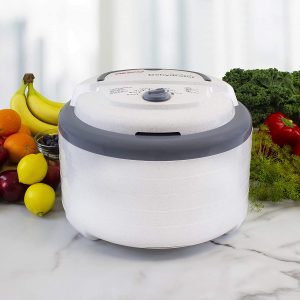

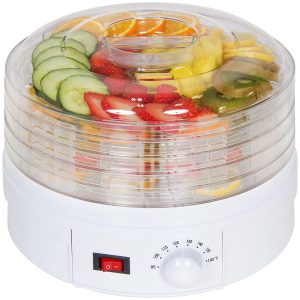
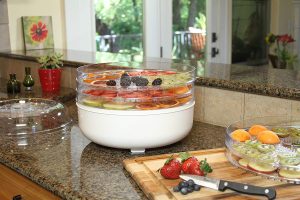


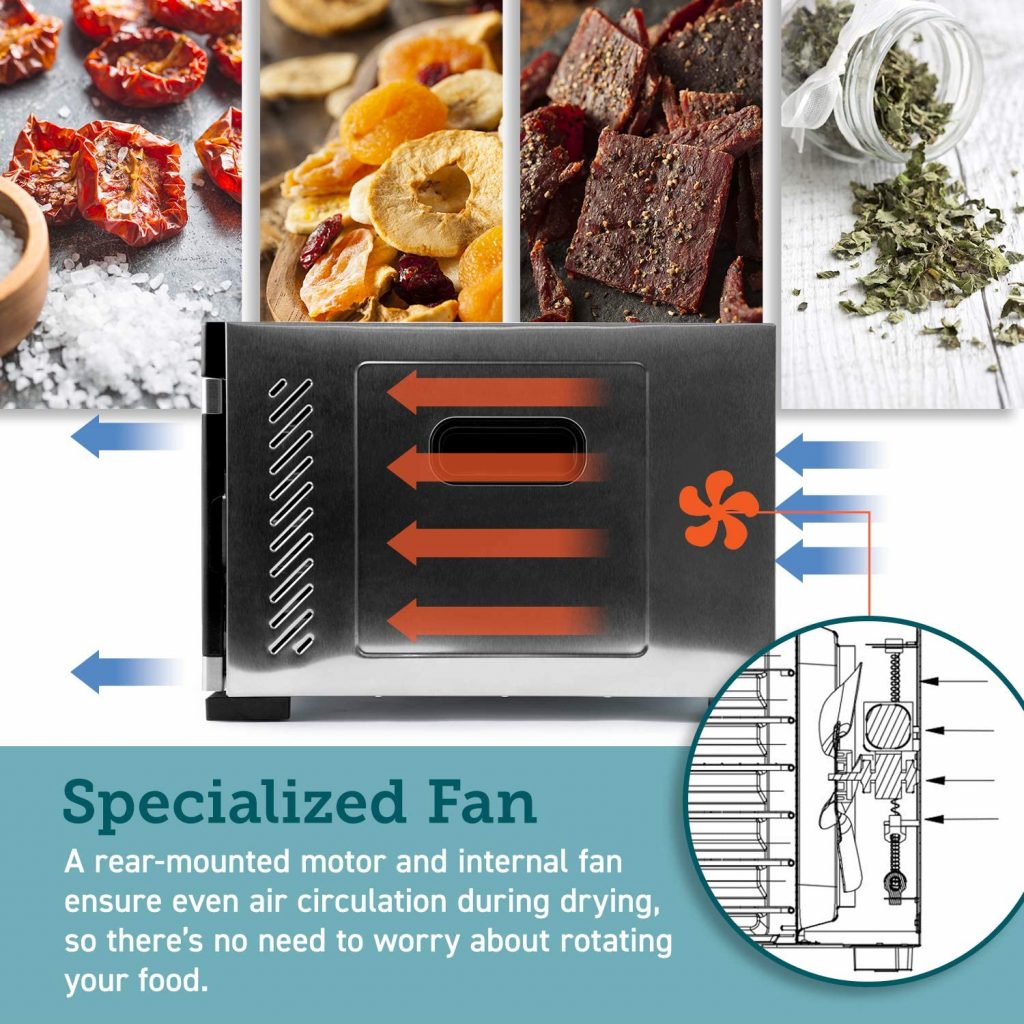



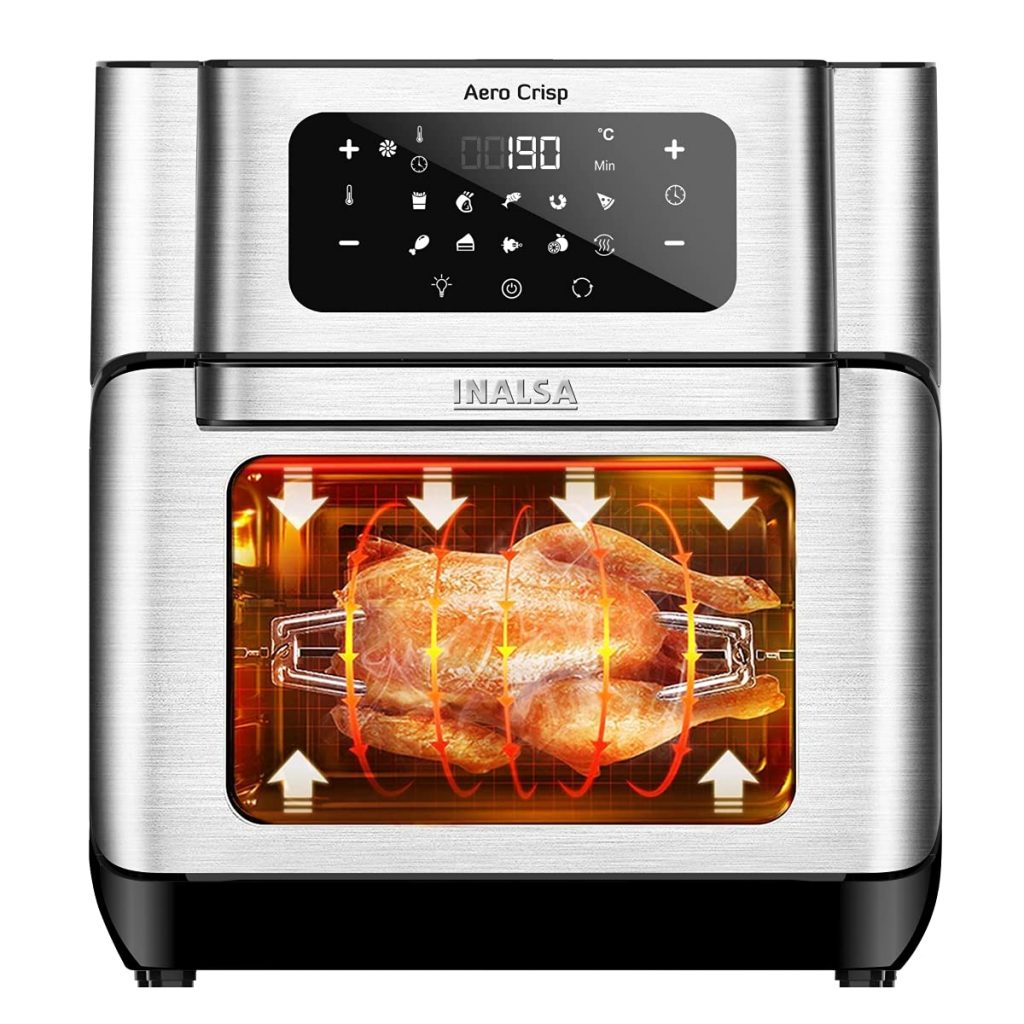

Good post. I certainly love this website. Thanks!